
Introducing the Bauhaus Bloom 1, a mesmerizing piece that captivates with its intricate design of circles and semicircles in a striking yellow green hue. This exquisite artwork exudes a sense of modernity and sophistication, making it a perfect addition to any contemporary space. The harmonious composition of geometric shapes creates a visual feast for the eyes, drawing the viewer in with its dynamic energy and balance.
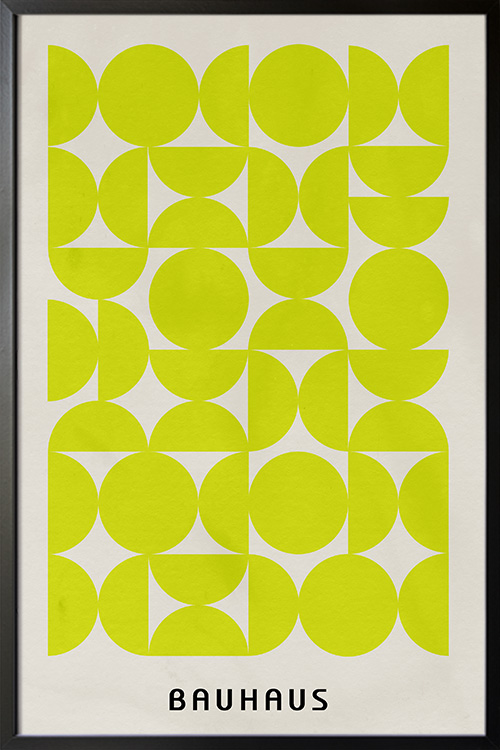
Introducing the Bauhaus Bloom 1, a mesmerizing piece that captivates with its intricate design of circles and semicircles in a striking yellow green hue. This exquisite artwork exudes a sense of modernity and sophistication, making it a perfect addition to any contemporary space. The harmonious composition of geometric shapes creates a visual feast for the eyes, drawing the viewer in with its dynamic energy and balance.
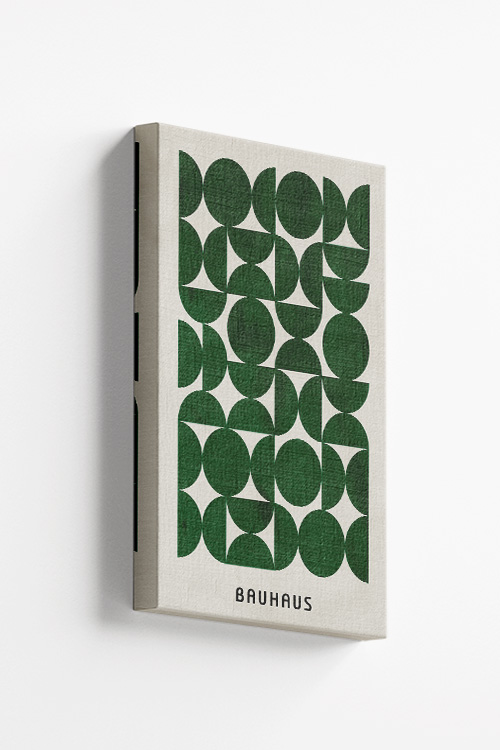
Bauhaus Bloom 3 is a striking piece that effortlessly blends geometric shapes to create a captivating design. This iteration features an array of circles and semicircles in a lush shade of green, adding a touch of nature-inspired elegance to any space. The meticulous craftsmanship and attention to detail are evident in every curve and angle, showcasing the impeccable artistry of the Bauhaus collection. Elevate your decor with the Bauhaus Bloom 3, a modern masterpiece that exudes sophistication and style.
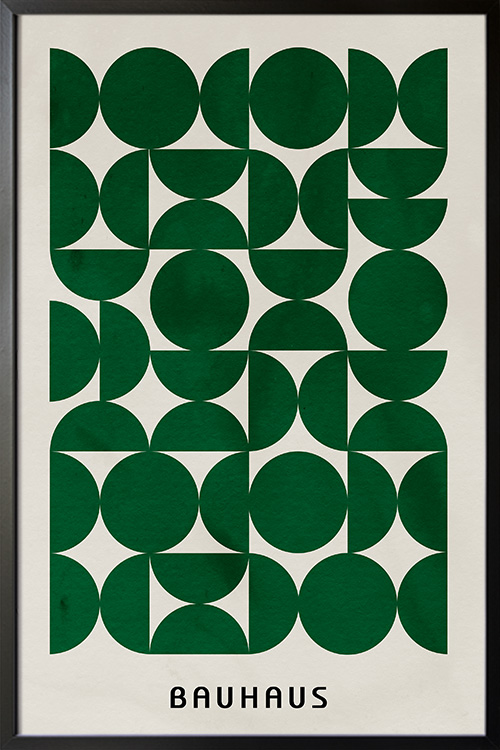
Bauhaus Bloom 3 is a striking piece that effortlessly blends geometric shapes to create a captivating design. This iteration features an array of circles and semicircles in a lush shade of green, adding a touch of nature-inspired elegance to any space. The meticulous craftsmanship and attention to detail are evident in every curve and angle, showcasing the impeccable artistry of the Bauhaus collection. Elevate your decor with the Bauhaus Bloom 3, a modern masterpiece that exudes sophistication and style.
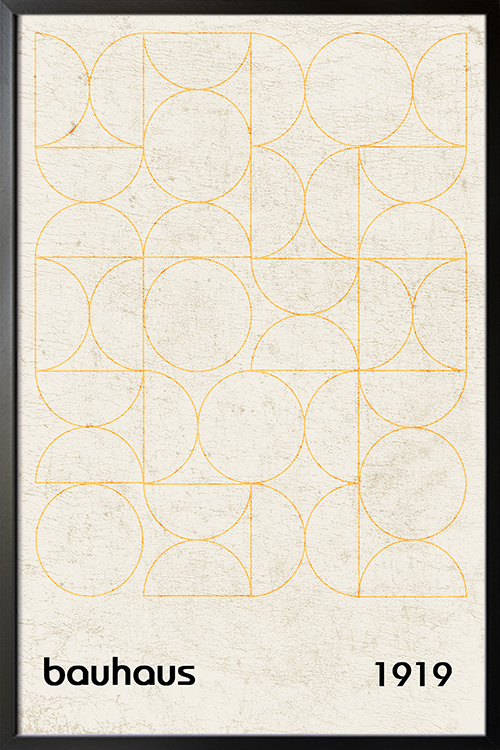
Bauhaus Inspired 1919 No. 4 art print is a minimalist geometric abstract piece is sure to bring a sleek and sophisticated vibe to any room. With its clean lines and bold shapes, this print is a perfect way to add a contemporary flair to your home or office. Whether you’re a fan of the classics or just looking to freshen up your decor, this print is sure to make a statement. So why wait? Add a touch of Bauhaus style to your space today with our 1919 No. 4 art print!
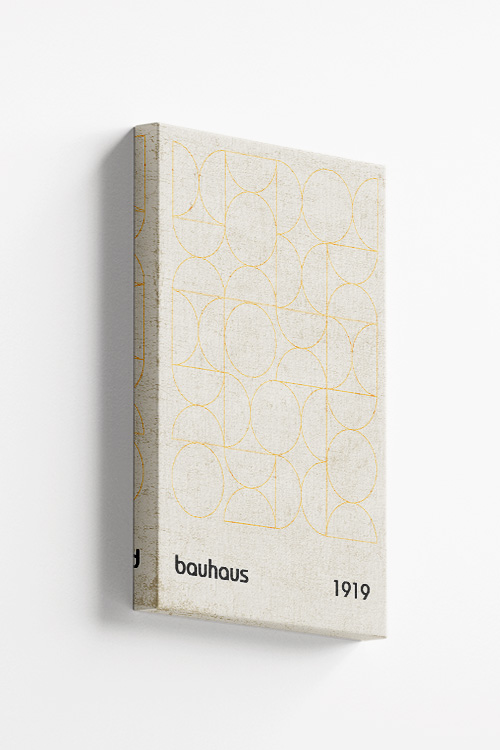
Bauhaus Inspired 1919 No. 4 art print is a minimalist, geometric, abstract piece that is sure to bring a sleek and sophisticated vibe to any room. With its clean lines and bold shapes, this print is a perfect way to add a contemporary flair to your home or office. Whether you’re a fan of the classics or just looking to freshen up your decor, this print is sure to make a statement. So why wait? Add a touch of Bauhaus style to your space today with our 1919 No. 4 art print!
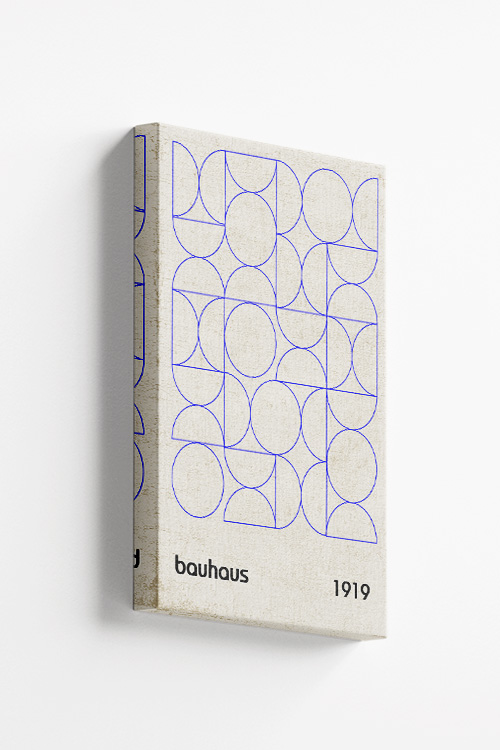
The Bauhaus Inspired 1919 No. 5 art print is a minimalist masterpiece featuring a captivating display of geometric shapes outlined in a calming shade of blue. The clean lines and precise angles evoke a sense of order and simplicity, making it the perfect addition to any contemporary decor. Embrace the timeless elegance of Bauhaus design with this striking piece that effortlessly blends art and geometry.
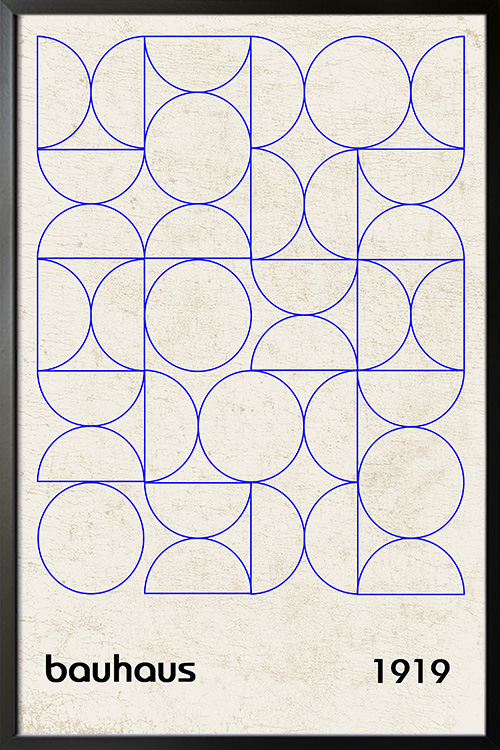
The Bauhaus Inspired 1919 No. 5 art print is a minimalist masterpiece featuring a captivating display of geometric shapes outlined in a calming shade of blue. The clean lines and precise angles evoke a sense of order and simplicity, making it the perfect addition to any contemporary decor. Embrace the timeless elegance of Bauhaus design with this striking piece that effortlessly blends art and geometry.
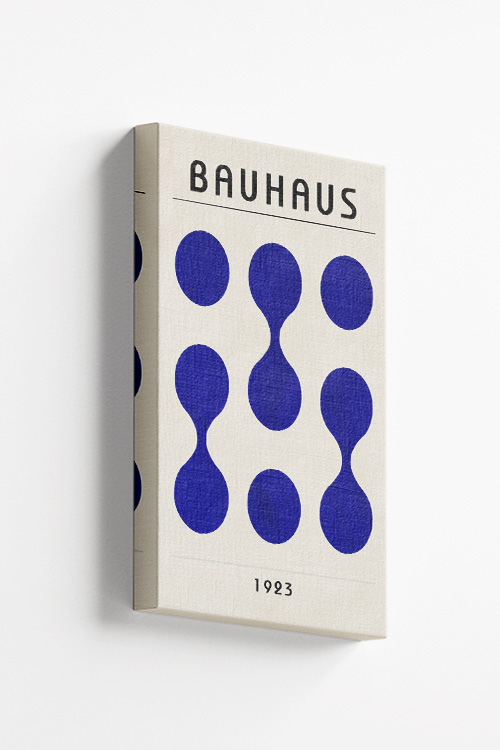
“Bauhaus Inspired 1923 No. 2” art print is a stunning representation of geometric abstract art, featuring a mesmerizing display of spherical shapes in a serene shade of blue. This piece exudes a sense of sophistication and modernity, drawing inspiration from the iconic Bauhaus movement of the early 20th century. The harmonious composition of circles and curves creates a sense of balance and harmony, making it a perfect addition to any contemporary space.
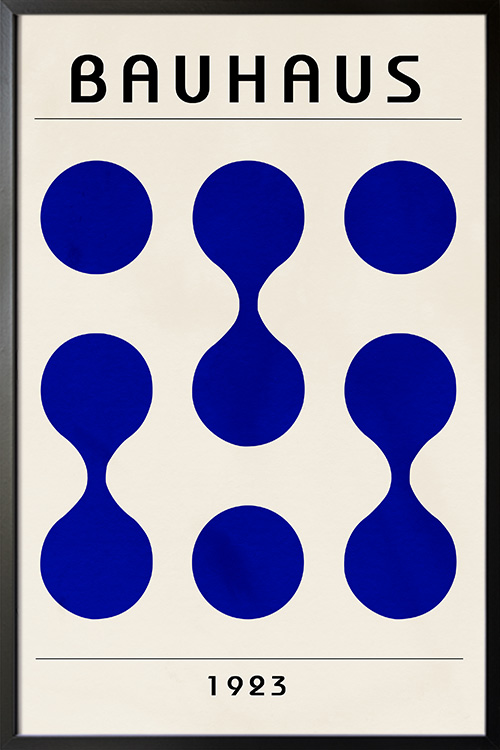
“Bauhaus Inspired 1923 No. 2” art print is a stunning representation of geometric abstract art, featuring a mesmerizing display of spherical shapes in a serene shade of blue. This piece exudes a sense of sophistication and modernity, drawing inspiration from the iconic Bauhaus movement of the early 20th century. The harmonious composition of circles and curves creates a sense of balance and harmony, making it a perfect addition to any contemporary space.














